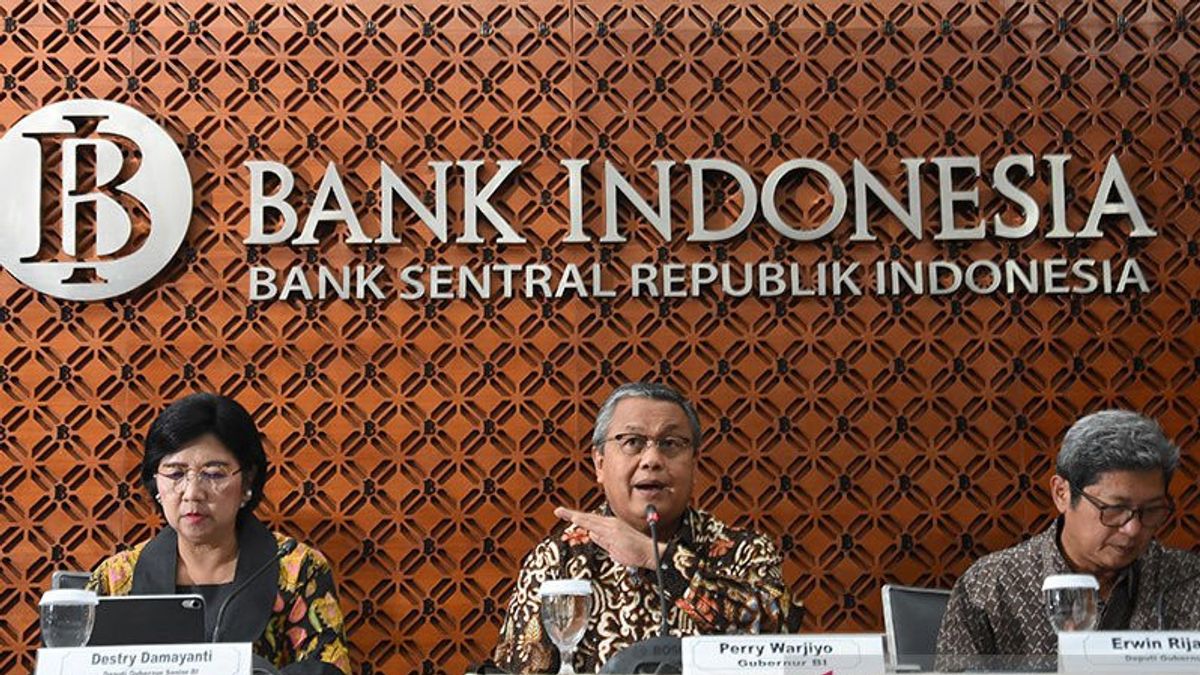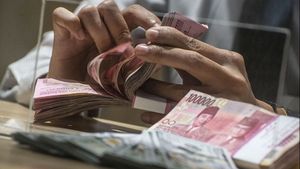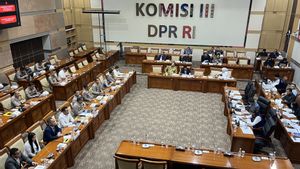JAKARTA Bank Indonesia (BI) reported that by the end of the third quarter of 2022 the International Investment Position (PII) recorded a net obligation of US$262.0 billion or around 20 percent of gross domestic product (GDP).
Head of the BI Communication Department Erwin Haryono said the figure was lower than the net obligation at the end of the second quarter of 2022 which amounted to USD 270.5 billion (21.3 percent of GDP).
"This development was contributed by the decline in the position of Foreign Financial Obligation (KFLN) in the midst of a relatively stable Foreign Financial Asset (AFLN) position," he said during a press statement on Monday, December 26.
According to Erwin, the position of KFLN Indonesia has decreased in line with the decline in the value of domestic financial instruments amidst the ongoing surplus of direct investment inflows.
He explained that KFLN Indonesia fell 1.2 percent on a quarterly basis or quarter to quarter (qtq) from 705.2 billion US dollars at the end of the second quarter of 2022 to 696.8 billion US dollars at the end of the third quarter of 2022.
Erwin emphasized that the decline was mainly due to the factor of strengthening the US dollar exchange rate against the majority of global currencies, including the rupiah. This is considered to have affected the decline in the value of domestic financial instruments.
"Meanwhile, KFLN transactions remain positive, supported by direct investment inflows that reflect investor optimism about prospects for improving the economy and a maintained domestic investment climate," he said.
Erwin added that Indonesia's AFLN position is relatively stable. At the end of the third quarter of 2022, AFLN's position was recorded at US$434.7 billion, relatively stable compared to the position at the end of the second quarter of 2022.
This is supported by the increasing position of portfolio and other investment investment assets in line with the placement of private assets.
"The increase in AFLN's position is restrained by other change factors related to strengthening the US dollar against the majority of the world's major currencies and decreasing the prices of several foreign assets," he said.
Erwin revealed that Indonesia's net PII obligation to GDP ratio in the third quarter of 2022 was maintained at around 20 percent, down from the ratio in the previous quarter of 21.3 percent.
In addition, the structure of Indonesia's PII obligations is also dominated by long-term instruments (93.9 percent), especially in the form of direct investment.
"Bank Indonesia views that the development of Indonesia's PII in the third quarter of 2022 will be maintained and support external resilience," he stressed.
He also ensured that the performance of PII Indonesia would be maintained in line with efforts to recover Indonesia's economy from the impact of the COVID-19 pandemic, which was supported by the synergy of the Bank Indonesia policy mix and the government, as well as other relevant authorities.
"Bank Indonesia will continue to monitor potential risks related to PII's net obligations to the economy," Erwin concluded.
The English, Chinese, Japanese, Arabic, and French versions are automatically generated by the AI. So there may still be inaccuracies in translating, please always see Indonesian as our main language. (system supported by DigitalSiber.id)













